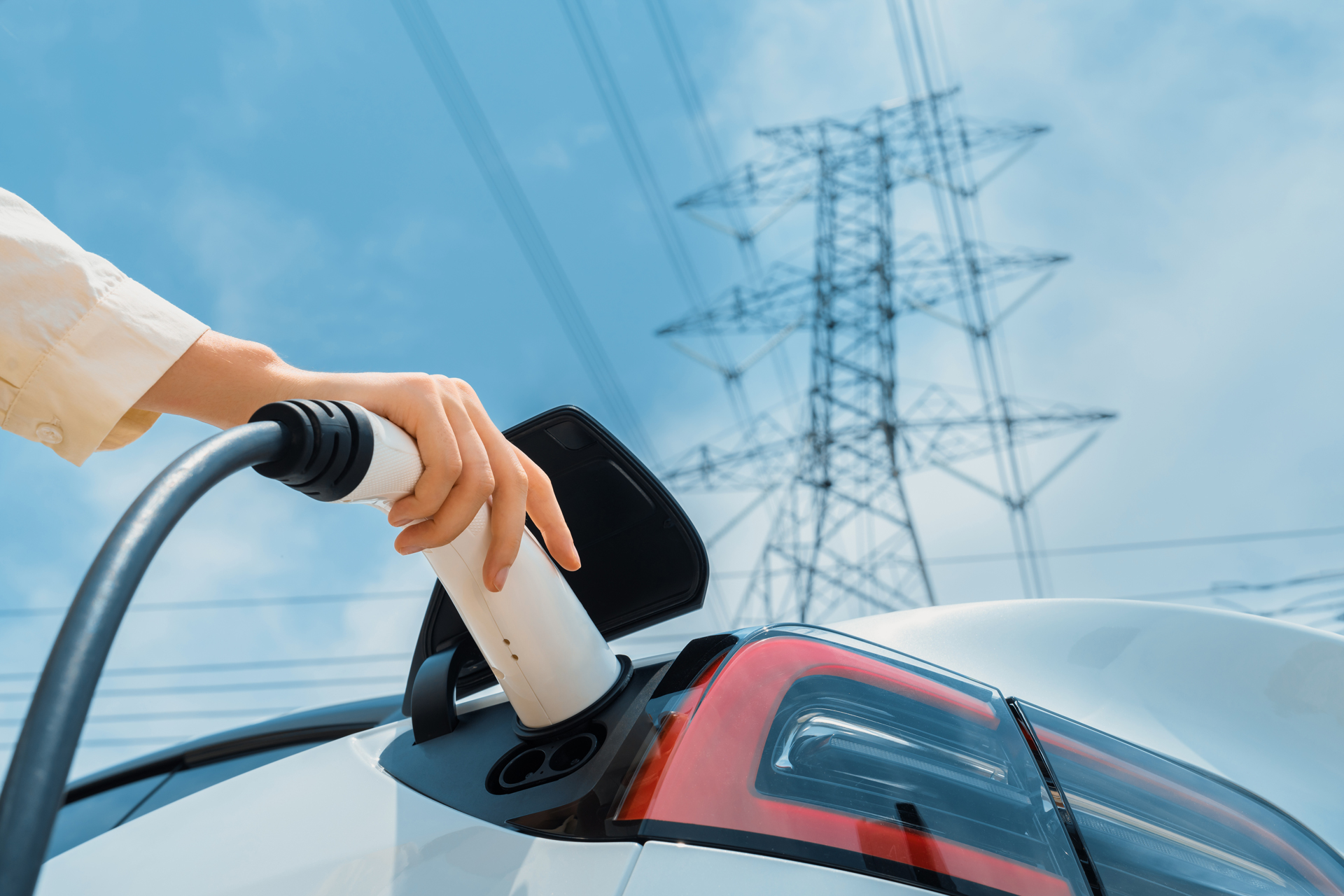The fragility of current grid infrastructure is now the biggest obstacle to a net-zero power system. Today’s grids, already strained by rising demand and extreme weather, are unprepared for projected electricity load growth over the next decade.
One key to addressing this challenge is better use of grid-scale storage — technologies that store energy and supply it back to the grid.
These technologies are crucial for scaling clean energy solutions like solar and wind, which, despite their effectiveness, aren’t always available. Solar power fades by evening, just as electricity demand peaks, and wind patterns are even less predictable. Energy storage fills these gaps, ensuring clean energy is available whenever needed.
Investments in storage technology are surging. U.S. battery storage capacity is expected to nearly double in 2024. California already has enough battery energy storage systems online to power 6.6 million homes during disruptions, and other states are following suit.
In this piece, we highlight six key reasons why energy storage will be at the center of the global transition, beyond the obvious intermittent issues of wind and solar.
- Underpinning Renewables: As intermittent power sources like wind and solar increase, energy storage becomes crucial. It shifts power from times of excess generation, like during high winds or abundant sunshine, to times when generation is low. This ensures a consistent power supply, making it possible to integrate a higher share of renewables into the grid.
- Peaking Capacity: Energy storage systems shine during high-demand periods. There are times when electricity demand spikes, such as evenings between 5-9 PM or during the AC-heavy summer months. Energy storage can provide the extra power needed to keep up with these spikes, ensuring a stable and reliable supply.
- Ancillary Services: A fundamental rule of grids is that electricity supply and demand must match at all times. Storage systems play a crucial role in stabilizing grids by balancing power supply and demand, often referred to as ancillary services and operating reserves. These can be divided into four main categories:
- Frequency Response: Storage can respond to very fast, short-lived, and unpredictable changes in grid frequency levels, helping to maintain stability.
- Ramping/Load Following: When demand spikes unexpectedly, storage can respond to these sudden increases, known as load following, ensuring that supply meets demand.
- Peak Shaving: Storage can reduce the need for peaking power plants (often gas or coal) during periods of high demand, thereby helping to lower overall emissions.
- Voltage Support: Storage systems can help regulate grid voltage levels by providing reactive power in areas where it is low.
- Grid Reliability: Energy storage systems boost grid reliability by providing backup power during blackouts or grid failures. In events like natural disasters or equipment failures, storage ensures uninterrupted power, which is especially crucial for hospitals, schools, and data centers.
- Black Starts: Large fossil fuel generators often need external power to start up. Traditionally, this power came from other generators on the grid. During a blackout, however, it must come from an external source. While diesel generators have been used for this, on-site storage systems are increasingly taking over, providing a cleaner, more reliable solution.
- Industrial Applications: Certain storage options are essential for decarbonizing and reducing costs in various industrial settings. Thermal storage, for instance, can be used in industries requiring high-temperature heat by storing energy when electricity costs are low. Sectors like cement, glass manufacturing, and chemicals can greatly benefit from innovative storage solutions such as thermal storage.
For more information on grid-scale storage technology, read Jefferies’ full report. For more from Jefferies on the opportunities to improve grid transmission and the investment opportunities they present, read more content from our Sustainability and Transition Team.




